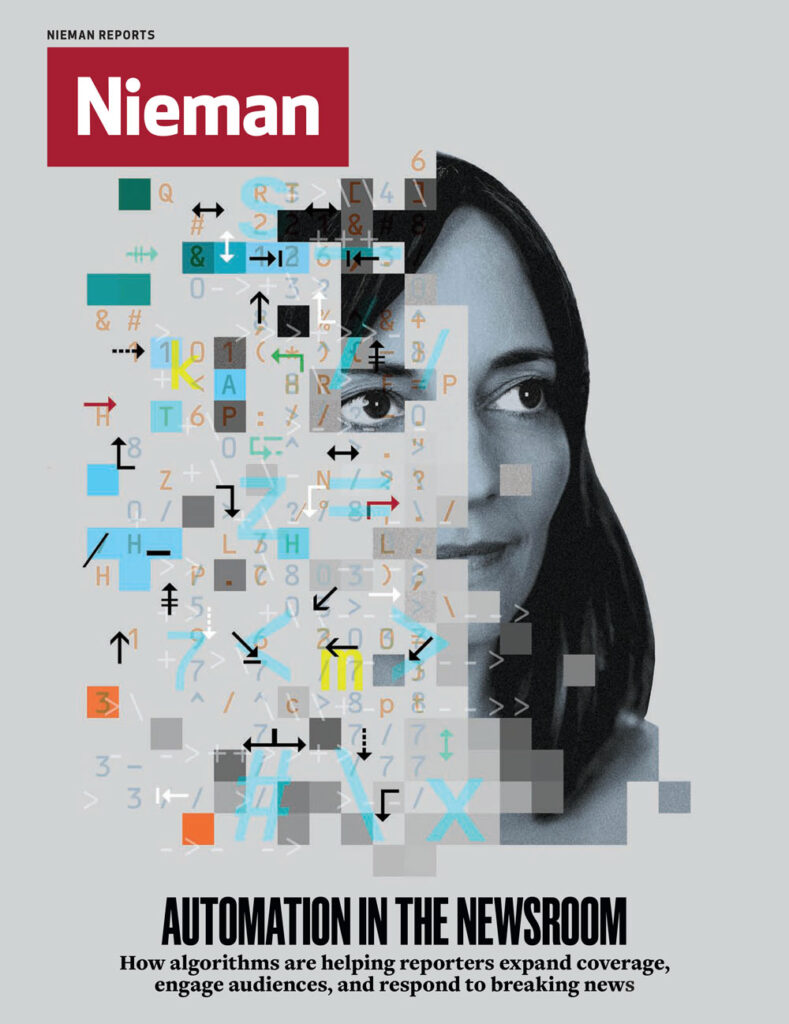In the summers during college, I drove taxis in Philadelphia. All sorts of people opened up in the anonymity of a cab.
Three decades later, while covering China for NPR, I felt my stories lacked a sense of life as it’s really lived here. So, I took the old Philadelphia taxi-driving model and applied it to Shanghai, a city of 24 million. I rented a Toyota Camry and slapped on signs that said in Mandarin, “Free Loving Heart Taxi” and explained that I wanted to chat with people and learn about life in the city.
For some Chinese, a middle-aged American offering free rides proved irresistible. People hopped in my car and told me their stories. The result has been a series of profiles, heard on “Morning Edition” and “All Things Considered,” called “Streets of Shanghai.”
Driving around the city, I discovered revealing characters I never would have found through conventional reporting. Take Chen, a pajama salesman I met at a ferry stop. He’d moved his family to Los Angeles because China’s rote-learning school system was crushing his daughter’s spirit and ruining her eyesight. Many Chinese millionaires essentially buy their way into the U.S. so they can move their families and their kids can enjoy a more open educational system—as well as clean air. Until I met Chen, I didn’t realize that even a pajama salesman was looking to rescue his kid.
Earlier this year, my news assistant Yang Zhuo and I advertised a free ride home for Chinese New Year, the world’s largest annual mass migration. We found two men who were heading back home to marry their sweethearts. One, from a poor farming village, had risen—improbably—to become a Shanghai lawyer. I drove them and one of their fiancées 500 miles into China’s interior, spent days with their families, and helped out as a chauffeur at both weddings.
In total, I’ve spent nearly a decade covering China. I’ve had more fun and learned more from giving rides than anything else. I also think I’m closer to capturing the real China.




